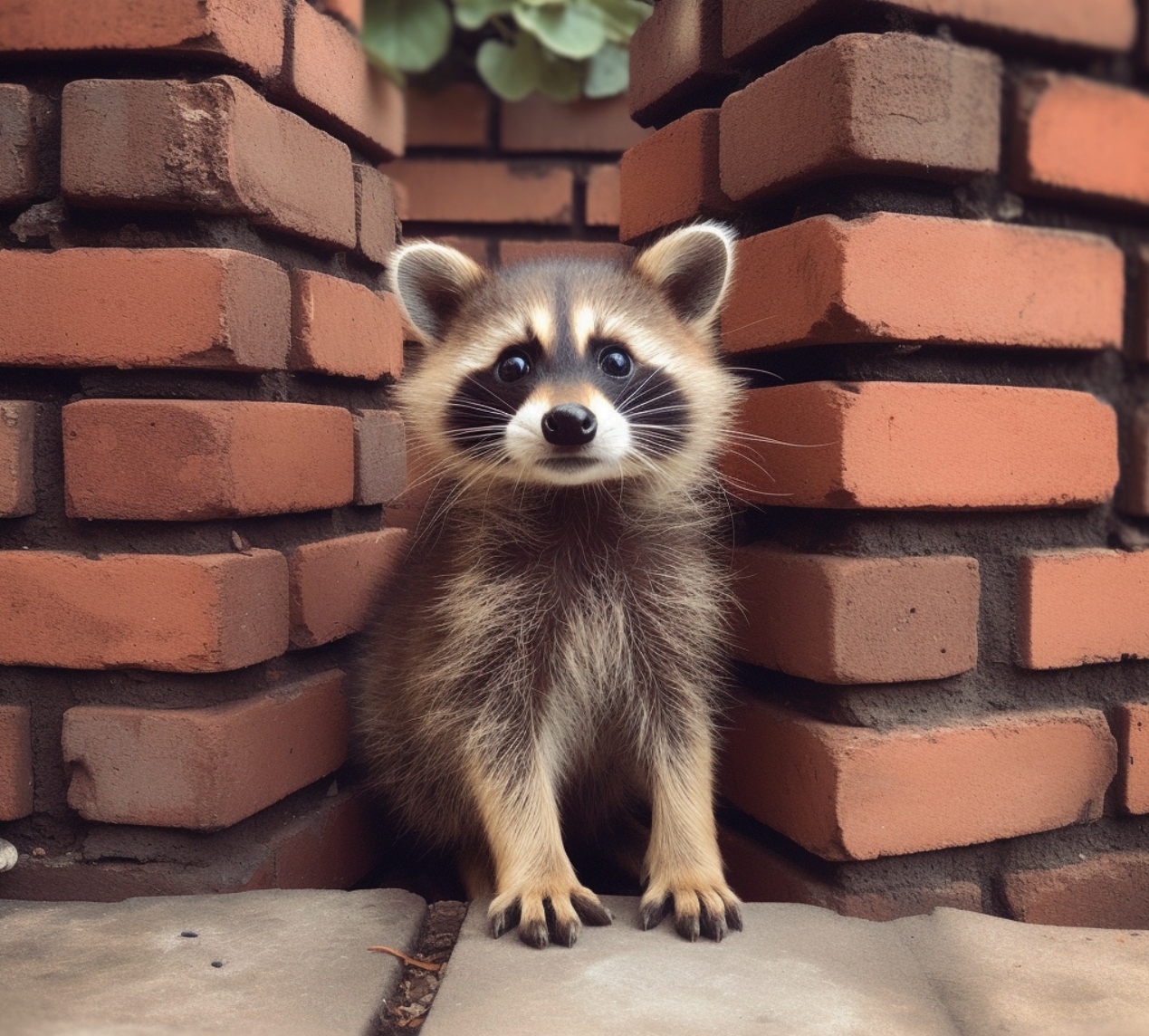Raccoons are one of the most common carriers of rabies in North America, a fact that often sparks curiosity and concern among homeowners and wildlife enthusiasts alike. So, just what percentage of raccoons have rabies? We’ve delved deep into this topic to give you the most accurate, up-to-date information possible. In this article, we will also explore related topics, such as how to identify a rabid raccoon, how to prevent raccoon encounters, and much more.
The Rabid Raccoon: How Common Is It?
Contents
It’s important to note that not all raccoons carry rabies. In fact, according to the Centers for Disease Control and Prevention (CDC), only a small percentage of raccoons actually have the disease. In some areas, the percentage can be as low as 1%, while other areas may see rates as high as 50% in localized outbreaks. However, these rates tend to fluctuate over time and can be influenced by factors such as population density and the presence of other rabid animals.
The Telltale Signs of a Rabid Raccoon
Being able to identify a rabid raccoon can help you stay safe and protect your family and pets from potential exposure. Some common signs of rabies in raccoons include:
- Aggression or unprovoked attacks
- Staggering or difficulty walking
- Excessive drooling or foaming at the mouth
- Disorientation or confusion
If you suspect a raccoon may be rabid, it is crucial to keep a safe distance and contact your local animal control agency for assistance.
Keeping Raccoons at Bay: Prevention Tips
Since raccoons are known carriers of rabies, it’s important to take proactive steps to prevent them from coming into contact with you or your pets. Here are some useful tips to help you scare away raccoons at night and keep them out of your trash:
- Secure your garbage cans: Use tight-fitting lids or bungee cords to keep raccoons from getting into your trash.
- Remove food sources: Clean up pet food, fallen fruit, and birdseed to discourage raccoons from lingering around your property.
- Install motion-activated lights: Bright lights that activate when motion is detected can help deter raccoons from entering your yard.
- Use repellents: Commercial raccoon repellents, such as those containing capsaicin or ammonia, can help keep raccoons at bay.
- Seal entry points: Check your home and outbuildings for potential entry points, such as holes in the roof or siding, and seal them to prevent raccoons from nesting inside.
Understanding Raccoon Behavior
Getting to know raccoon behavior can also help you avoid potential encounters with these animals. As nocturnal creatures, raccoons are primarily active during the night. They are omnivorous and eat a wide variety of foods, including fruits, vegetables, insects, and small animals.
Raccoons are excellent climbers and swimmers, which may surprise some people. They are
not only capable of swimming but can also traverse trees and other structures with ease. Despite their somewhat bear-like appearance, raccoons are not closely related to bears, nor are they considered rodents. Instead, they belong to the Procyonidae family, which includes other species such as coatis and ringtails.
One important aspect of raccoon behavior to be aware of is their tendency to establish latrines—designated areas where they repeatedly deposit their feces. Raccoon feces can pose a health risk due to the presence of parasites and diseases, so it’s crucial to know what raccoon poop looks like and how to safely clean up any latrines found on your property.
Exploring Raccoon Habitats
Raccoons can be found in a wide range of habitats, from urban environments to more rural settings like forests and wetlands. They are highly adaptable animals and can thrive in various environments as long as food, water, and shelter are available. If you’re interested in observing raccoons in their natural habitat, you can find some useful tips on how to locate raccoons in the forest.
It’s important to remember that raccoons are wild animals and should not be approached, fed, or handled. In certain circumstances, like in the virtual world of Dreamlight Valley, interacting with raccoons might be safe and encouraged. Learn more about how to feed raccoons in Dreamlight Valley for a unique and immersive wildlife experience.
Educate Yourself and Stay Safe
Knowledge is power when it comes to understanding the risks associated with raccoons and rabies. By learning more about raccoon behavior, habitats, and how to prevent potential encounters, you can protect yourself, your family, and your pets from potential exposure to rabies.
In conclusion, while the percentage of raccoons with rabies can vary depending on several factors, it’s essential to be aware of the risks and take appropriate precautions to ensure your safety and that of your loved ones. Keep in mind the signs of a rabid raccoon, and if you ever encounter one, maintain a safe distance and report it to your local animal control agency.
FAQ About Raccoons and Rabies
We’ve compiled a list of frequently asked questions to help you better understand raccoons and their relationship with rabies. This FAQ section will provide you with additional insights and help address some common concerns.
1. How is rabies transmitted from raccoons to humans or pets?
Rabies is typically transmitted through the bite of an infected animal. The virus is present in the saliva of the infected raccoon and can enter the bloodstream through broken skin. It’s essential to avoid contact with raccoons, as scratches or contact with saliva on open wounds can also potentially transmit the virus.
2. What should I do if I am bitten or scratched by a raccoon?
If you are bitten or scratched by a raccoon, immediately wash the wound thoroughly with soap and water for at least 15 minutes. Seek medical attention right away, as timely post-exposure prophylaxis (PEP) can prevent the development of rabies. Report the incident to your local health department or animal control agency.
3. How can I protect my pets from rabies?
The best way to protect your pets from rabies is to keep their vaccinations up-to-date. Avoid allowing your pets to roam freely outdoors, and supervise them closely when they are outside. If your pet comes into contact with a raccoon or shows signs of illness, consult your veterinarian immediately.
4. Are there other diseases that raccoons can transmit to humans or pets?
Yes, raccoons can carry several diseases that can be transmitted to humans and pets, such as leptospirosis, salmonella, and roundworms. It’s important to practice good hygiene and avoid contact with raccoons or their feces to minimize the risk of disease transmission.
5. How can I tell if a raccoon in my yard is rabid?
Rabid raccoons may exhibit abnormal behavior such as aggression, disorientation, excessive drooling, and difficulty walking. Keep in mind that not all raccoons with rabies will show obvious signs, so it’s best to maintain a safe distance from all raccoons and report any suspicious behavior to your local animal control agency.
6. What should I do if I find a raccoon on my property?
If you find a raccoon on your property, do not attempt to approach or capture it. Instead, take steps to remove food sources and secure potential entry points into your home. If the raccoon persists or displays signs of illness, contact a professional wildlife removal service or your local animal control agency for assistance.





